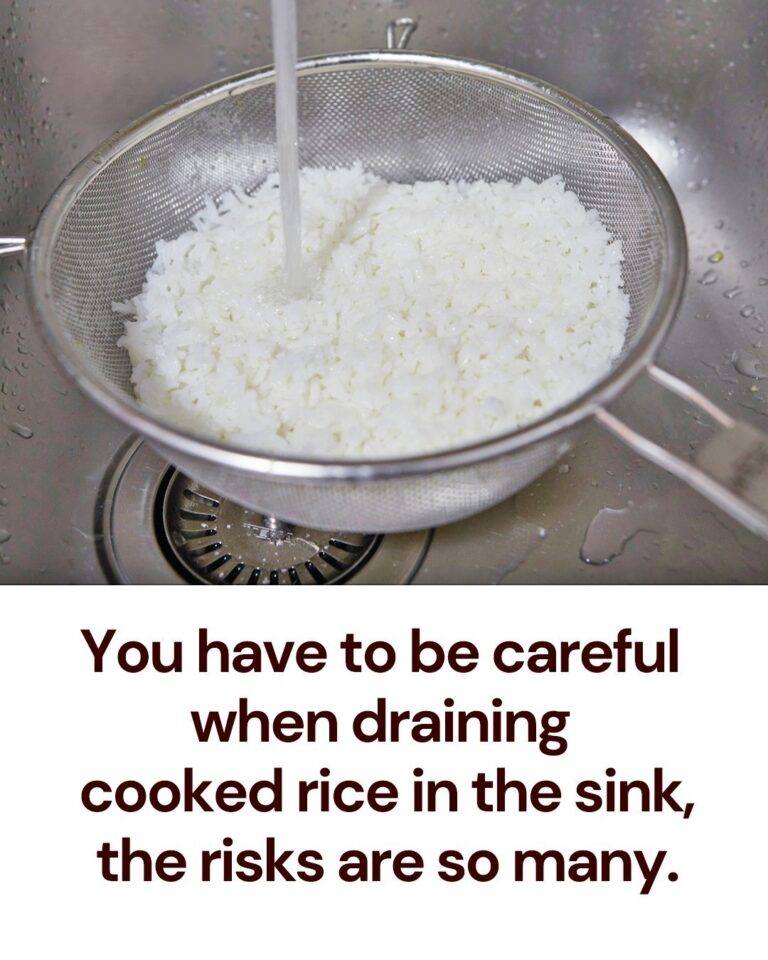ADVERTISEMENT
ojects
Rice can also be repurposed for crafts and DIY projects. For example, you can dry it out and use it for sensory bins for young children or use it in homemade heating pads or stress-relief bags. If you’re feeling creative, try adding rice to art projects as filler or texture.
🛠️ How to Prevent Rice from Spilling in the First Place
While it’s always good to know how to deal with rice if it spills or is leftover, it’s better to prevent spills from happening in the first place. Here are some tips for avoiding excess rice in your sink:
- Measure Your Rice: Before cooking rice, try to measure out only the amount you need for your meal. This can reduce waste and the likelihood of leftover rice.
- Clean Up Spills Immediately: If rice accidentally spills on the counter or floor, clean it up right away. Don’t let it sit around, as it can easily make its way to the sink.
- Use a Rice Strainer: If you’re rinsing rice in the sink, use a fine-mesh strainer to catch any grains. This will prevent rice from slipping into the drain when rinsing and will make cleanup easier.
🌱 Final Thoughts
It might seem like no big deal to throw leftover rice down the sink, but this seemingly small action can cause serious issues with your plumbing. To keep your sink and garbage disposal in good working order, avoid putting rice down the drain. Instead, try some of the simple, eco-friendly alternatives we’ve outlined above to dispose of or repurpose rice.
Not only will these alternatives keep your kitchen in better shape, but they also help reduce food waste and contribute to a more sustainable lifestyle. So, the next time you have a bit of rice left over, think twice before sending it down the sink!
Have any more kitchen tips or common mistakes you’d like to know about? Feel free to ask—I’m here to help with all your home and cooking inquiries!
